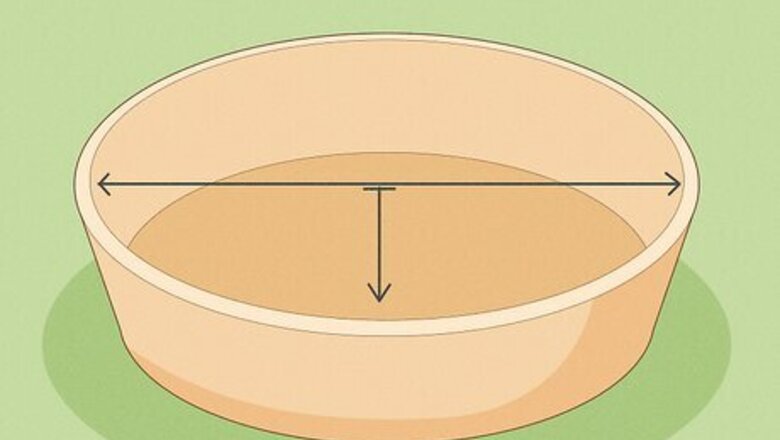
views
Potting Your Plants
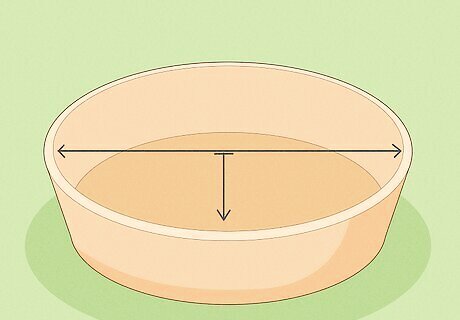
Choose wide, shallow pots to keep your plants in. Any large plants that will be placed directly onto the floor should be grown in stable pots. Wide, shallow pots are less prone to tipping than taller, more narrow pots, and are preferred when attempting to minimize carpet damage. If one pot is more likely to be knocked than others because of where it is, making sure the pot is nice and stable should be a priority.
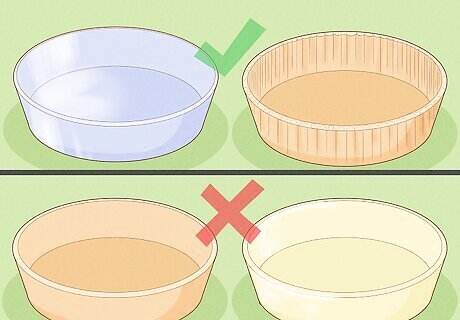
Use plastic pots rather than ceramic or clay pots. If a clay pot is overturned, it is very likely to break and spill all of its soil onto your carpet (along with the broken shards of the pot). Using pots made from plastic, bamboo, or other unbreakable materials will help keep carpet damage to a minimum if pots are tipped over. In some situations, a clay pot is more appropriate. Clay pots are more porous and drain better than plastic pots, so if your plant is something like a cactus, which requires well-drained soil, a clay pot might be a better option.
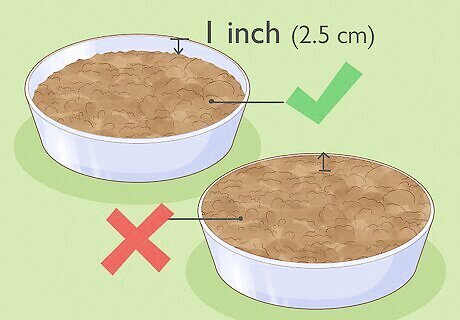
Do not overfill your houseplant pots with soil. Filling your pots to the brim with potting mix creates a risk that the excess soil will be spilled over the top when the pot is disturbed. It’s also unhealthy for your plants. Instead, leave about 1 inch (2.5 cm) of space between the soil and the rim of large pots.
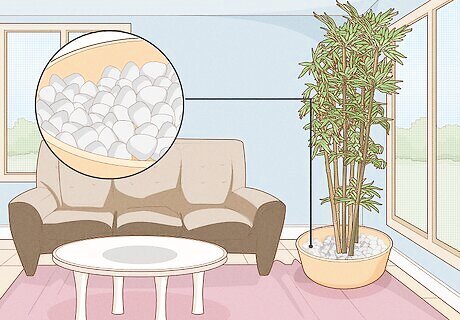
Grow plants that do not require soil. If you cannot seem to keep potting soil from getting into your carpet, you can opt for houseplants that can be grown without soil. Air plants can be grown in nothing at all, while plants like lucky bamboo can be grown in water alone. Some cacti and succulents can be grown in gravel alone, which is much easier to remove from carpet than soil. Using multi-colored glass as a base also gives you more flexibility to get creative with the colors that you put on display.
Putting Your Pots in the Right Space
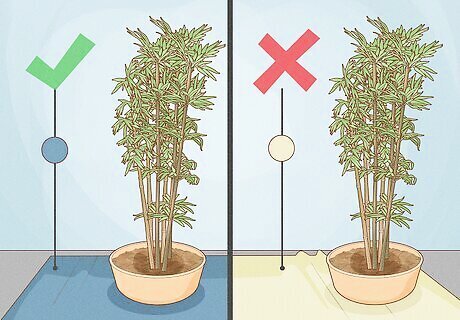
Try to put houseplants only on darker colored carpets. Darker colored carpets do a great job of masking all spills and stains and this applies to soil as well. A stain on any lighter colored carpet is much more obvious as there is a dark versus light contrast. If you are particularly fond of a carpet in your house or you know it will be expensive/difficult to clean/replace, it may be best to avoid putting a plant here altogether.
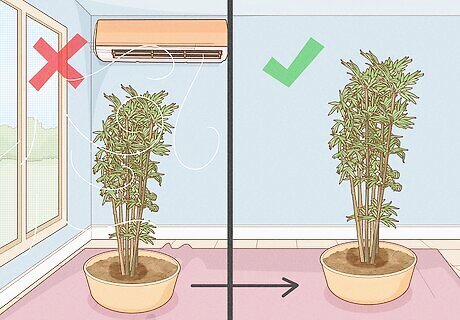
Put your plants where they will be safe from wind or outside drafts. This is something to be especially careful of if you plan on putting a plant on a window sill. As many smaller plants aren’t particularly heavy, it’s much easier for them to be toppled by a strong breeze or gust. Also be aware of plants that sit by doors or other openings where they may be susceptible to wind.

Keep plants in an area where they will not be disturbed by pets. If you have pets such as a cat or a dog, there is always a risk that they accidentally knock your plant over. This will inevitably result in your carpet being damaged. This is something to especially take note of when you get new pets that aren’t familiar with their surroundings or that have not been trained. Examples of some places to put your plants may include: a window sill, up on a bench, or in a room where pets are not allowed.
Preventing and Cleaning Spills
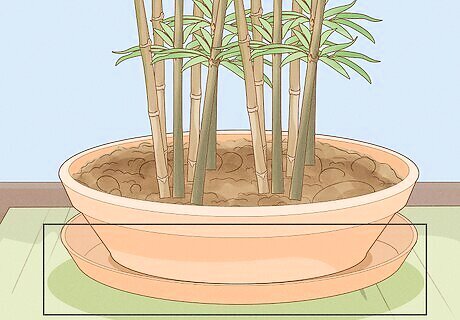
Keep all houseplant pots in an impermeable saucer. Plant pots are designed to let excess moisture slowly drip out of the drainage hole at the bottom of the pot. This poses a risk to carpet and other surfaces but having a saucer there will negate this effect. Allowing this water to collect on a glazed plate or dish and then evaporate into the air will protect your carpet from water damage. If you can’t find a saucer that matches the color or looks out of place, decorate with pebbles, glass shards, or marbles to help bridge the difference.
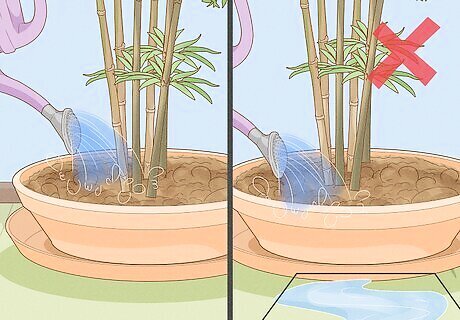
Water your plants carefully so you don’t spill water or soil. When you water your plants, keep an eye on the water level in the pot. If you keep pouring while the water is being absorbed by the soil, there will be spillage onto the carpet below. To have more control when watering your plants, use a watering pot that pours like a showerhead rather than a single stream. If you’re watering small plants like succulents, then using a spray bottle filled with water is also a great way to control how much water you use.
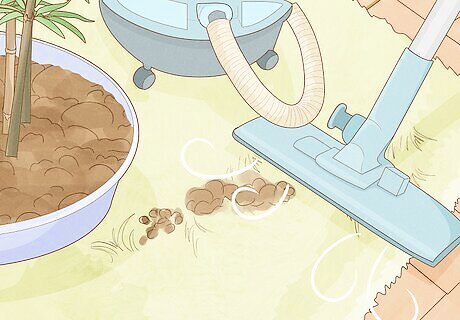
Clean up soil spills immediately. If you do spill potting mix onto your carpet, cleaning it up as soon as possible is really important. The real risk for carpet damage occurs when the soil is ground into the carpet underfoot and allowed to penetrate for a long period. If the soil is dry, then simply vacuum it up immediately and the carpet will be free from any lasting damage. When the soil is wet, make sure it does not get trampled on or ground up and wait for it to dry. Once it is dry, vacuum up the soil and use a carpet cleaning product to clean any stain that has formed.










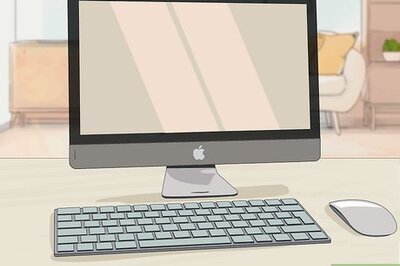









Comments
0 comment